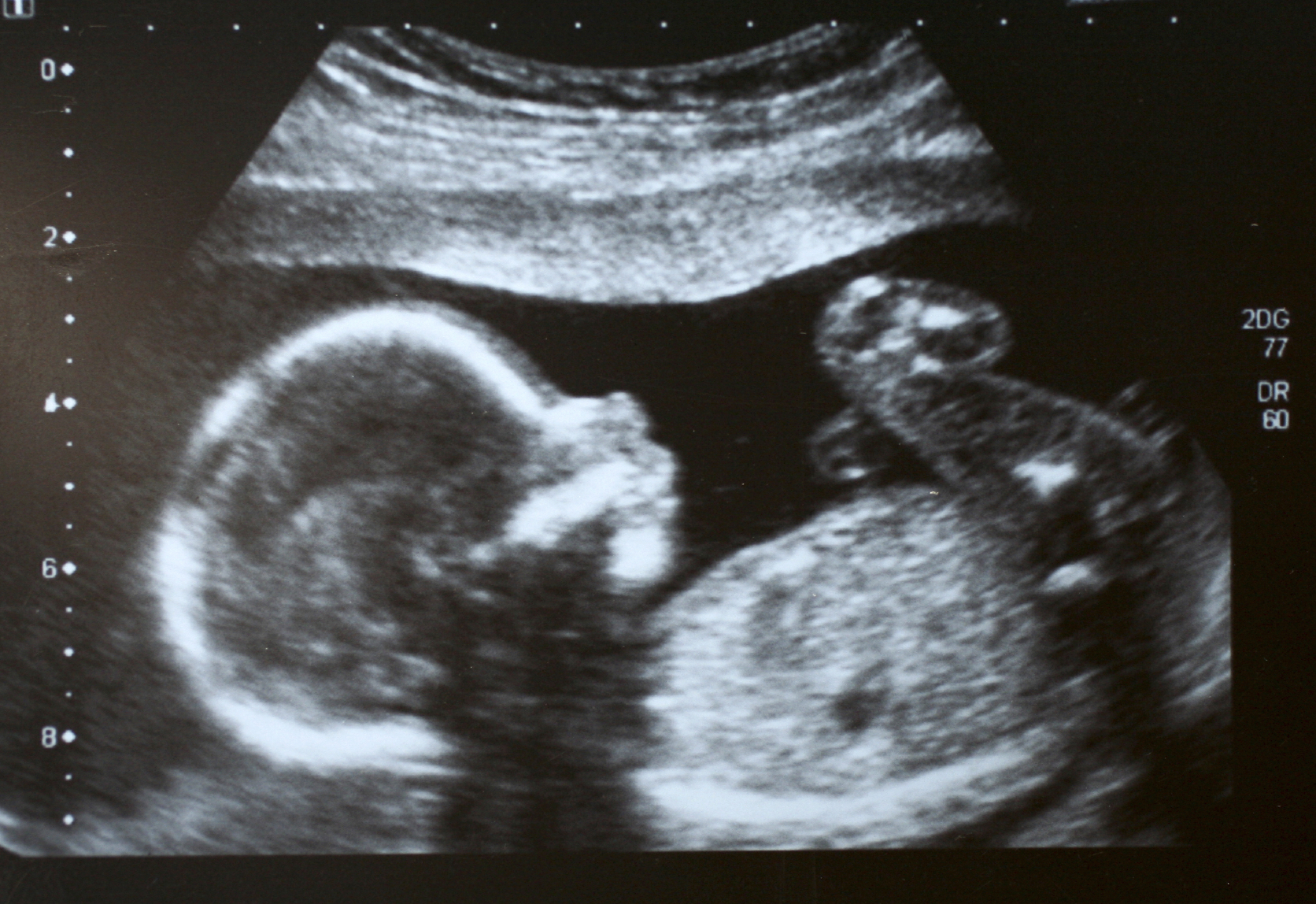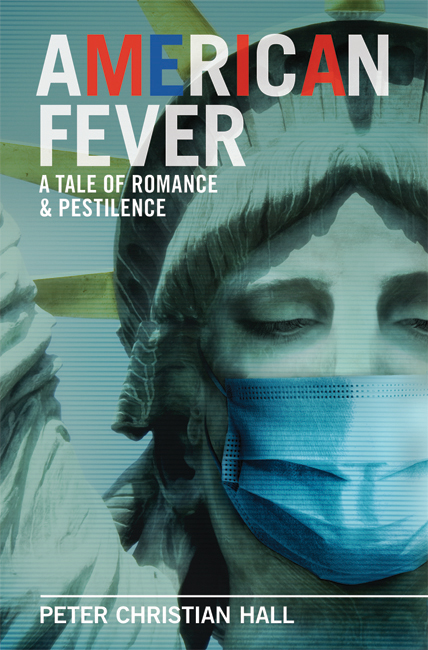Day 15: Sorry, Flu Is Riskiest for Those Pregnant
I’ve spooked women of childbearing age. Even my pregnant cousin in Washington wrote to express alarm. (Didn’t know she was pregnant or reading this thing!) I’m sorry, but flu foils the fundamental mechanism by which women manage to contain fetuses. Pregnant women ranked first among 1918 pandemic flu casualties. Almost 70% who caught H1N1 died. Many flu survivors lost their babies.
The problem is that in order to conceive and carry an alien fetal entity—a baby—to term, the mother must allow her immune system to suppress any response that might harm it. Once this defenselessness allows influenza to infect her, the flu stirs up an immune response that damages the fetus.
 RISKY TO CARRY A BABY TO TERM IN A PANDEMIC
RISKY TO CARRY A BABY TO TERM IN A PANDEMIC
Schizophrenia is one of the greatest risks to surviving fetuses. A University of Wisconsin study found that the offspring of monkeys infected with mild flu developed brains with “features similar to those seen in people with schizophrenia, including less gray matter in the cortex and enlarged ventricles,” as reported in New Scientist.
A lot of embryos endured 1918, but went on to suffer lifelong physical and mental damage. A health study showed that people born—or conceived—during the 1918 pandemic tended to be plagued by terrible problems, regardless of class, race, or gender. Compared with people born earlier or conceived later, the Great Pandemic’s babies proved less likely to finish high school. They earned less money, used more public assistance, and matured as sicklier adults. One fifth more of them contracted diabetes by age 61.
Not that nature can’t be unpredictably kind. Maurice Hilleman was born on August 30, 1919—conceived between pandemic outbreaks and borne as a fetus through the Great Pandemic's third wave. Hilleman survived the immediate deaths of his twin sister and mother, then spent the next 85 years inventing dozens of vaccines, including those for mumps, measles, hepatitis A and B, meningitis, chickenpox, pneumonia, and the Haemophilus influenzae bacteria.
All influenza varieties seem capable of damaging embryos. Britain’s leading charity for parents dove into hot water when it urged women to postpone having babies during the swine flu outbreak. H5N1 pregnancies documented by the WHO have entailed fetal destruction; in most cases the mother died, too.
Exposure to seasonal flu during the first trimester of pregnancy has been reported to make people up to seven times more likely to suffer schizophrenia or autism. A University of Minnesota study of mice found that H1N1 influenza caused genetic damage that significantly shrank the fetal hippocampus.
What’s good—or bad—for mice often fails to register in people. But another study showed that H5N1 passed right through a Chinese woman’s placenta to damage multiple organs in her fetus, including its brain.
Short of shunning all intimacy with men, the only protection for women is reliable birth control. Steely abstinence can be tough in close quarters.
Toxic Kitties?
While looking into those issues, I coincidentally discovered that exposure to cats can be risky for pregnant women, too. I knew that felines could catch and probably spread bird flu, but I never knew they could also give babies schizophrenia and/or bipolar disorder. Then I spotted a passing crack by top flu fighter Robert Webster in an old interview.
In disbelief, I googled cats & schizophrenia and found a mother lode of reports. Pregnant women should shun cats that might recently have caught a mouse or rat that carried the protozoa toxoplasma gondii. Exposure can cause brain damage, even death.
Toxoplasma is a tricky parasite that spreads via a protein that rodents pick up from eating cat dung. It makes them fearless around felines—first by unwiring the part of their brain that responds to fear and anxiety and then by using dopamine to make cat urine sexually attractive to them. When our cats take advantage of the brazen mice, the little killers catch, replicate, and shed the protein for a brief time. Though cat fur seems not to carry active eggs, and most humans catch the parasite by eating undercooked meat, it can be dangerous to handle infected kitty dung that’s been lying around for more than a day. (Cats that already contain the antibody are safe.)
Infection causes flu-like symptoms and sometimes damages the eye. Any creature with the parasite will forever contain cysts. These were long deemed not to cause symptoms.
Now I see that a Czech scientist claims toxoplasmic men tend to be more aggressive and dumber—not to mention slovenly and suspicious of authority. Infected women are said to be more aggressive and smarter, friendlier and more promiscuous. The condition is said to slow human reactions, contributing to car crashes. More than 80% of all French and Germans are infected, about twice the American rate.
My daddy loves rare meat, and my stepmom’s a closet catlady. Do I come off as a rebellious psycho? Huh? Who says?



 [American Fever]
[American Fever]